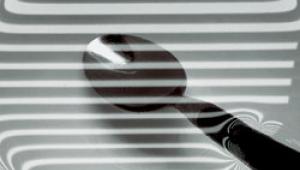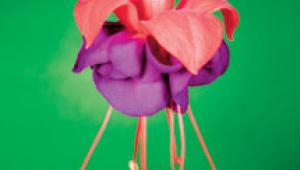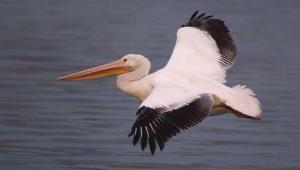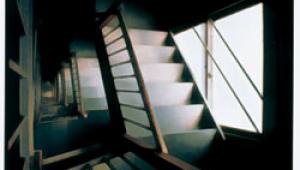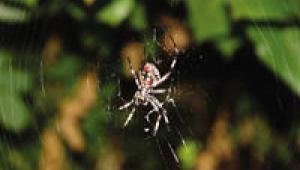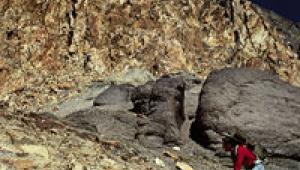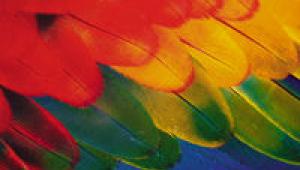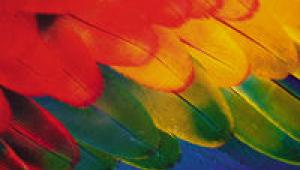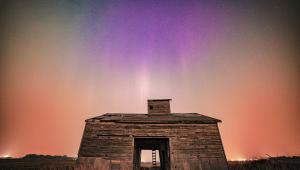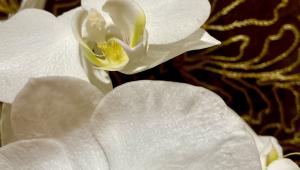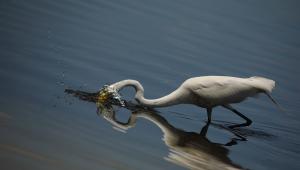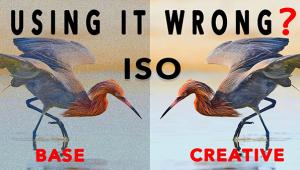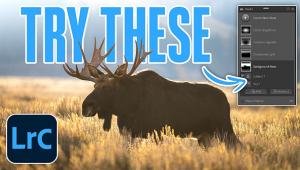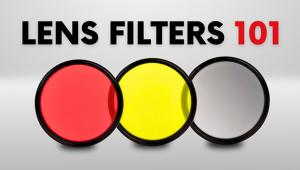I totally agree. Actual experiences on photography will help a picture to be an expert in this area. - C Frederick Wehba
Photo Lesson; Self-Assignments Page 2
3. Photograph Something That's NOT a Duck
Our art department is always ribbing executive editor Mike about spending way
too much time photographing his flyin' feathered friends. That leads us
to our next self-assignment: Try something different. If you usually shoot in
bright sun, try some night photography. If you usually shoot with flash, try
available light. If you usually shoot the great outdoors, try something in the
studio (or at least, indoors). If you usually photograph ducks, photograph something
that's not a duck.
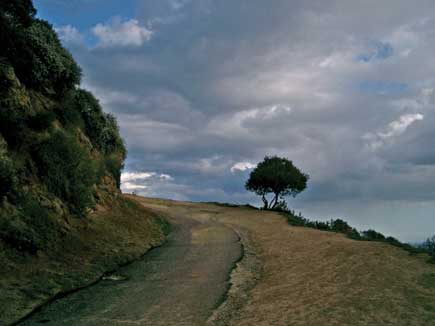 |
|
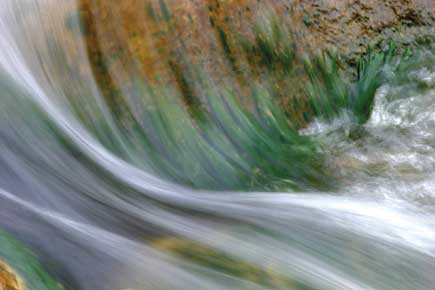 |
|
|
4. Textures
Texture studies are both challenging and rewarding. The challenge is to show
the texture (and create a pleasing composition), while the reward comes from
having done so. Assuming your subject has texture (you're not going to
show texture in a smooth surface no matter what you do), the key to showing
the texture is harsh light shining across the surface being photographed, for
it is the shadows of the surface texture that make the texture stand out. Direct
frontal lighting casts shadows out of view of the camera, and soft light weakens
shadows; thus harsh sidelighting is what you need. For outdoor subjects, you'll
find ideal texture lighting early and late in the day, when the sun's
rays come from a low angle (although for vertical surfaces such as weathered
barn doors, high-noon sun can work, as it strikes the vertical subject at a
strong angle).
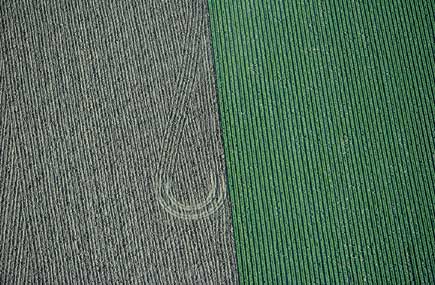 |
|
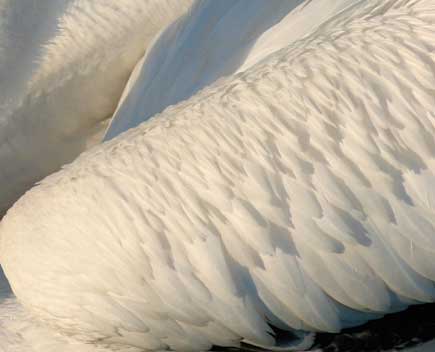 |
|
|
Harsh light and strong shadows can present exposure and dynamic-range problems, but there are easy solutions to both. As for exposure, bracket exposures the first time or two you shoot in harsh sidelighting, and you'll soon learn how to interpret your meter's readings (some built-in camera meters will provide good exposures without correction). As for the dynamic-range problem, if the brightness difference is too great to record detail in both areas in the photo, expose for the highlights and let the shadows go black. Blown-out highlights almost always look bad, but our eyes (and brain) can readily accept black shadow areas.
Next Month: Depth Of Field
- Log in or register to post comments

